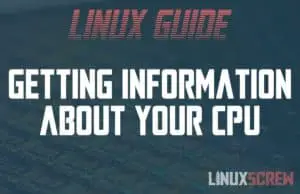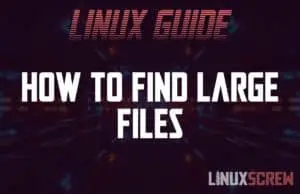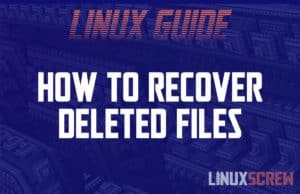Mount a USB Stick/Drive in Linux [HowTo, Tutorial]
This tutorial will show you how to mount and access a USB stick or external USB hard drive on Linux. Most desktop Linux distributions will automatically mount USB drives show them in their file explorer, but lightweight and server distributions may not include this functionality – either because it’s considered unnecessary or because the typical user of said distribution wants to be able to do manage those tasks themselves. Modern Linux distributions should all include drivers for USB sticks and external drives, so it’s just … Read more

![Mount a USB Stick/Drive in Linux [HowTo, Tutorial] 1 Mount a USB Drive in Linux](https://cd.linuxscrew.com/wp-content/uploads/2021/06/mount-usb-drive-feature-300x194.jpg)


![Delete Files Older Than X Days/Hours in Bash [Examples] 4 Bash Deleting Files Older Than X](https://cd.linuxscrew.com/wp-content/uploads/2021/05/bash-delete-files-older-than-feature-300x194.jpg)

![Restarting the Network in Ubuntu [Instructions/Example] 8 Restart Network Ubuntu](https://cd.linuxscrew.com/wp-content/uploads/2021/05/restart-network-ubuntu-300x194.jpg)



